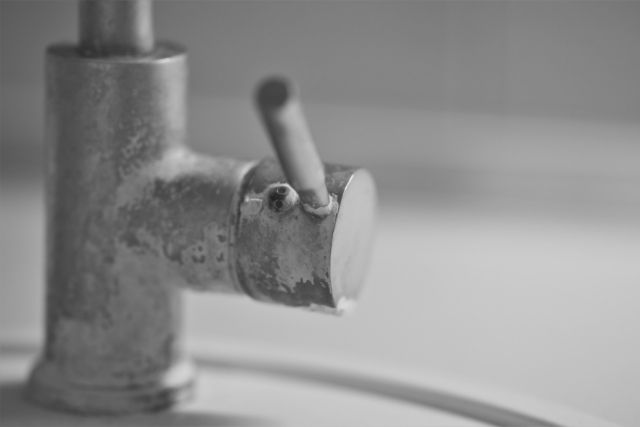The Five Most Common Water Problems
[vc_row][vc_column][vc_column_text]Water is an essential part of life…obviously. In most cases the water coming into your home already is treated. However, if you pull your water from a well, it is not treated at all. No matter where you get your water, municipal service or a well, there are signs that you need to look for so that you can make sure that your water isn’t causing damage to your home or your family. In our most recent post, we let you know about some of the things that actually comes through your tap. Here are the five most common water issues that we all have to deal with.
Water Hardness
If you live anywhere in South Texas then hard water is a problem for you. Our primary source of water is the Edwards Aquifer. As rainwater recharges the aquifer, it passes through the limestone that is so prevalent here in South Texas. As the water makes its way over the rock it picks up minerals like calcium that end up dissolving into the water. These minerals are what forms that white layer of buildup in your sink, around your faucets or your shower. If you have ever tried to clean the hard water deposits in your home, you know how tough it can be, even with the most expensive chemical cleaners. Over time, the calcium deposits end up doing damage to your appliances and can reduce the efficiency of any appliance that uses water to operate. These also end up being the more expensive appliances in your home. To protect you appliances, skin and plumbing, our A.O. Smith ONE Contaminant Reduction System is perfect for any home and can take care of hard water and save you money.
Iron
 Iron is one of the elements that can cause the biggest water problems in your home. Most often, iron is responsible for leaving rust stains on your plumbing fixtures and laundry. If you have iron in your water, your will know it pretty immediately because your tap water will have a metal taste to it. Not to mention that high levels of iron in your water can also lead to clogged plumbing. Although most people may look at or opt for a smaller reverse osmosis system, the RO system, depending on where it is installed will not protect the plumbing in your home. This is why a whole home filter is needed.
Iron is one of the elements that can cause the biggest water problems in your home. Most often, iron is responsible for leaving rust stains on your plumbing fixtures and laundry. If you have iron in your water, your will know it pretty immediately because your tap water will have a metal taste to it. Not to mention that high levels of iron in your water can also lead to clogged plumbing. Although most people may look at or opt for a smaller reverse osmosis system, the RO system, depending on where it is installed will not protect the plumbing in your home. This is why a whole home filter is needed.
pH and Acid
Your water’s pH and acid levels are largely determined by environmental factors such as air pollution. You will be able to tell if this is an issue because the water at the bottom of your sinks and maybe even dishwasher, stains green. If the problem persists, acidic water can cause pinhole leaks in your pipes. We all know how costly and damaging this can be to your home.
Chlorine
Chlorine is a chemical use by water treatment plants, like SAWS, to clean and treat the water and rid it of harmful bacteria. You know that your water has chlorine in it if tastes like water from a swimming pool. Obviously, this is not something that should be coming through your tap. After SAWS treats the water, the need for the chlorine is no longer there. The split tank technology of our A.O. Smith Expert RC system can take care of this.
Sulfur
 Sulfur is a naturally occurring element, but if you have it in your water, it is NOT pleasant at all! High levels of sulfur in your water can make your water smell like rotten eggs. If you have sulfur in your water, you will know it pretty immediately and it makes everything a chore. It makes bathing more difficult, your food, coffee and tea taste disgusting and your clean laundry smell. Sulfur is normally a problem that exists in homes that get their water from a well and can be fixed pretty easily with a whole home filter.
Sulfur is a naturally occurring element, but if you have it in your water, it is NOT pleasant at all! High levels of sulfur in your water can make your water smell like rotten eggs. If you have sulfur in your water, you will know it pretty immediately and it makes everything a chore. It makes bathing more difficult, your food, coffee and tea taste disgusting and your clean laundry smell. Sulfur is normally a problem that exists in homes that get their water from a well and can be fixed pretty easily with a whole home filter.
No matter what your water challenge is, whether you have one, or all five of these problems with your water you can contact Alamo Water Softeners in San Antonio today at (210) 274-6122.[/vc_column_text][/vc_column][/vc_row]
